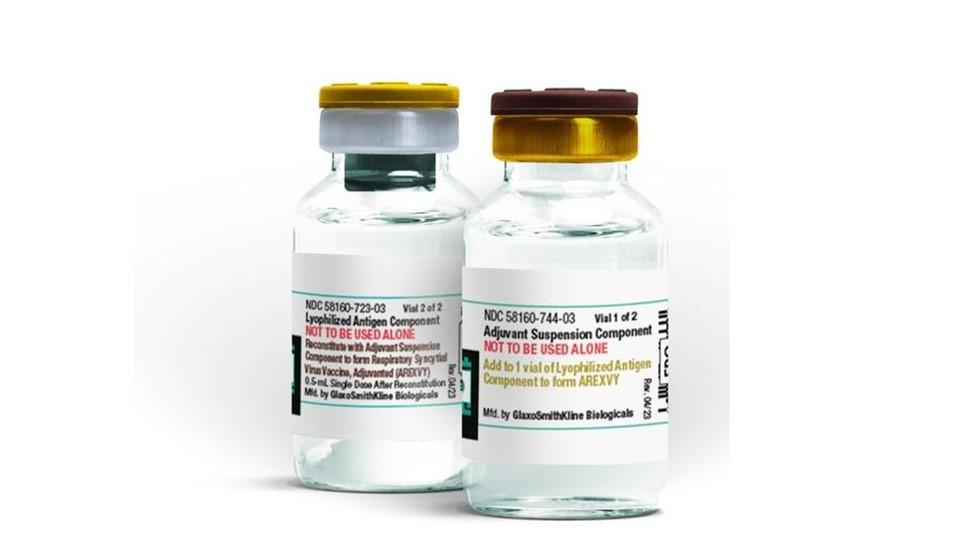Advances in our understanding of Cystic Fibrosis: Interview with Dr Katrine Whiteson

In our respiratory themed month, pharmaphorum interviews Dr Katrine Whiteson on the recent identification of a lung-damaging molecule that develops our understanding of Cystic Fibrosis flare ups, made by her and her team at San Diego State University, UC San Diego, and UC Irvine.
What do microwave popcorn flavouring, yogurt, wine and Cystic Fibrosis (CF) have in common? Dr Katrine Whiteson and her team have found a molecule common in the above food items to be present in high concentrations in CF patients when their symptoms flare up, advancing our understanding of the causes of the disease.
Here she shares details of the discovery made by her and her team at San Diego State University, UC San Diego and UC Irvine, and how it will impact our current understanding of CF and potentially lead to more effective treatment.
Interview summary
Dr Whiteson, thank you for taking part in this interview, you and your colleagues recently identified a lung-damaging molecule found to be present in higher concentrations in patients with CF during symptoms flare up – could you please share with us more details?
We found 2,3-butanedione, known by beer brewers everywhere as diacetyl, in the breath of CF patients. Most people are familiar with this molecule – it is the main ingredient in microwave popcorn flavouring, and it is also found in yogurt and wine. Factory workers who are exposed to high concentrations of this molecule have their lungs destroyed by inflammation and scarring (bronchiolitis Obliterans), several have had to have lung transplants. This molecule is produced by microbes found in the mouths of most humans, including Streptococcus spp. We found higher concentrations of 2,3-butanedione in CF patient breath, and we found that the concentrations decrease when the patients are treated with antibiotics. Doctors treating CF patients would love to have specific biomarkers to look for so that they can identify which microbes in complex infections are the ones that they need to target, so that they can diagnose and treat infections earlier and more specifically.
"Doctors treating CF patients would love to have specific biomarkers to look for so that they can identify which microbes in complex infections are the ones that they need to target..."
What research is planned next for the investigation of this molecule?
We have applied for funding to look for this molecule and other molecules that may indicate periods of worsened symptoms for CF patients. The presence of 2,3-butanedione likely indicates low pH and low oxygen conditions for the microbe that is producing it, and this may be a useful clue for understanding what is going on when symptoms are getting worse for a CF patient. We are also investigating how the molecule affects the growth of famous pathogens that affect CF patients such as Pseudomonas aeruginosa. Microbes communicate with each other using small molecules, much like hormones coordinate events in multicellular organisms. This molecule may be an indicator of low oxygen and low pH conditions to the surrounding microbes, the microbes may switch their survival strategies using this information.
What is the potential impact of this discovery for CF patients?
In the long term, this molecule or others may be important biomarkers indicating infections, so that doctors can diagnose microbes that are triggering worsened symptoms in CF.
"...this molecule or others may be important biomarkers indicating infections, so that doctors can diagnose microbes that are triggering worsened symptoms in CF."
What is the wider impact of this discovery?
Because the molecule is produced by a microbe that is widespread in human oral microbiomes, increases in 2,3-butanedione concentration could also indicate greater concentrations of Streptococcus spp. in other respiratory conditions such as Pneumonia or COPD.
What would you like to see in the future for patients with CF?
I would like to see earlier and more specific diagnosis of microbial infections of the lungs. Now doctors often guess which antibiotics to use, and diagnose periods of worsened symptoms by asking questions about how the patient feels and whether they could go to work or school. Imagine if a patient could breathe onto a small device attached to an iPhone to determine if their infection was getting worse, and go to the doctor before symptoms became bad enough that they couldn't go to work or school. This would decrease the inflammatory destruction of the lungs.
Overall, for CF patients, there is incredibly exciting progress in the use of small molecules developed by Vertex pharmaceuticals that repair the fundamental problem causing CF symptoms, restoring the activity of the mutated CF Transmembrane conductance Regulator. These pharmaceuticals are a game changer for CF patients – dramatically restoring health and eliminating respiratory infection. I would love to see all CF patients have access to these treatments.
References
1. Molloy, S. A metabolic milieu. (2014) Nature Reviews Microbiology 12:315. doi:10.1038/nrmicro3268
2. Whiteson, K., Meinardi, S., Lim, Y.W., Schmieder, R., Quinn, R., Maughan, H., Blake, D.R., Conrad, D., Rohwer, F. (2014) Breath gas metabolites and bacterial metagenomes from Cystic Fibrosis airways indicate active pH neutral 2,3-butanedione fermentation. (Online at ISMEJ; doi: ISMEJ.2013.229)
3. Whiteson, K., Bailey, B., Bergkessel, M., Conrad, D., Delhaes, L., Felts, B., J. Kirk Harris, R. Hunter, Y.W. Lim, H. Maughan, R. Quinn, P. Salamon, J. Sullivan, B.D. Wagner, P.B. Rainey and the CF Telluride 2013 Working Group. (2014) The upper respiratory tract as a microbial source for pulmonary infections: Parallels from Island Biogeography. (Am J Respir Crit Care Med., 4 April 2014 online ahead of print; PMID 24702670).
4. Quinn, R.A., Hester, E., Lim, Y.W. , Conrad, D., Rohwer, F., and Whiteson, K. (2014) Biogeochemical forces shape the composition and physiology of polymicrobial communities in the Cystic Fibrosis lung. (Online at mBio; doi:10.1128/mBio.00956-13)
About the interviewee:
Dr Katrine Whiteson is a postdoctoral researcher at San Diego State University, Department of Biology.
Have your say: What would you like to see in the future for patients with CF?












